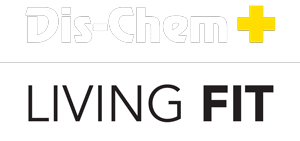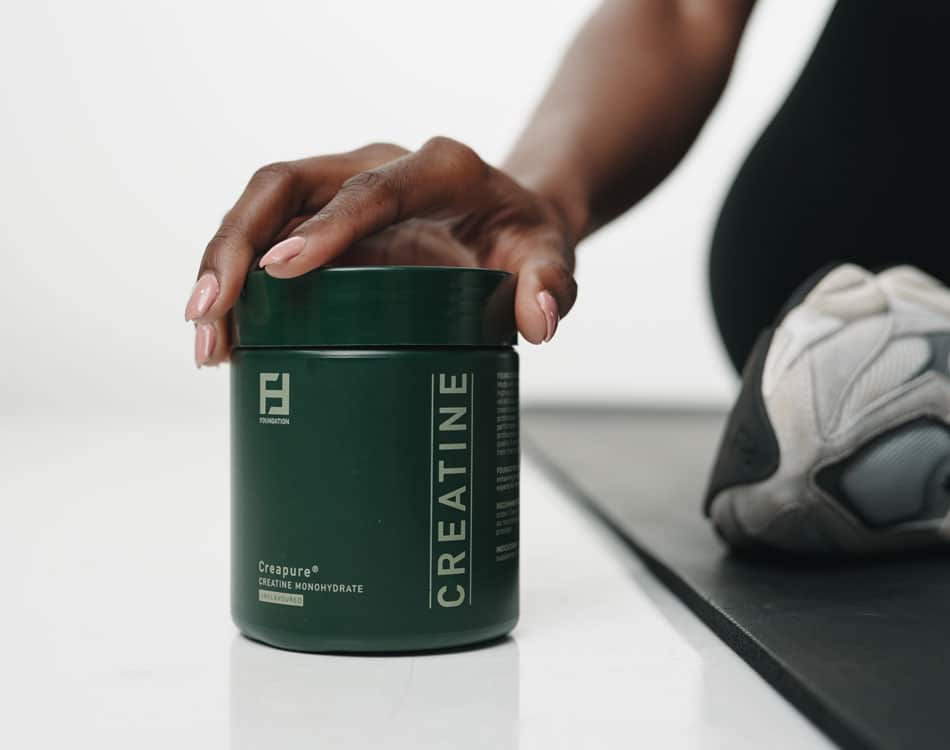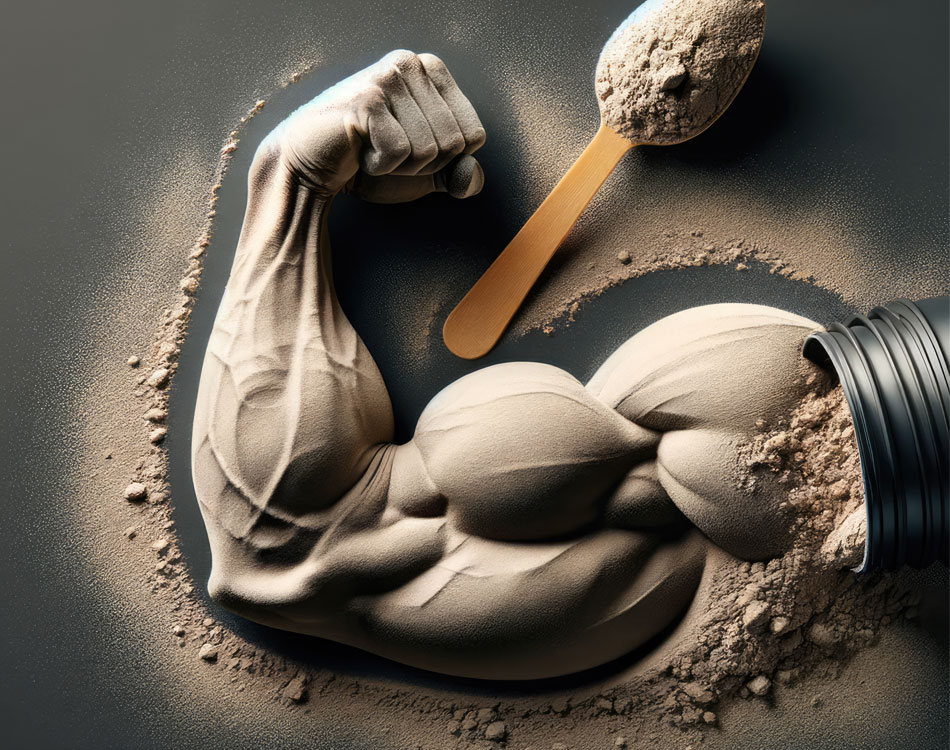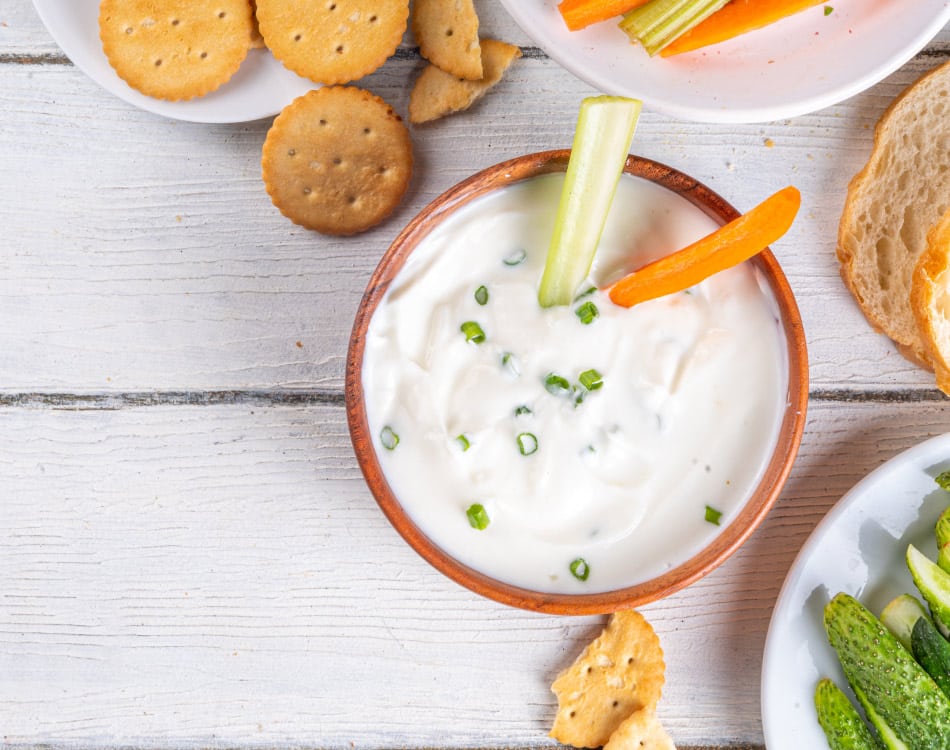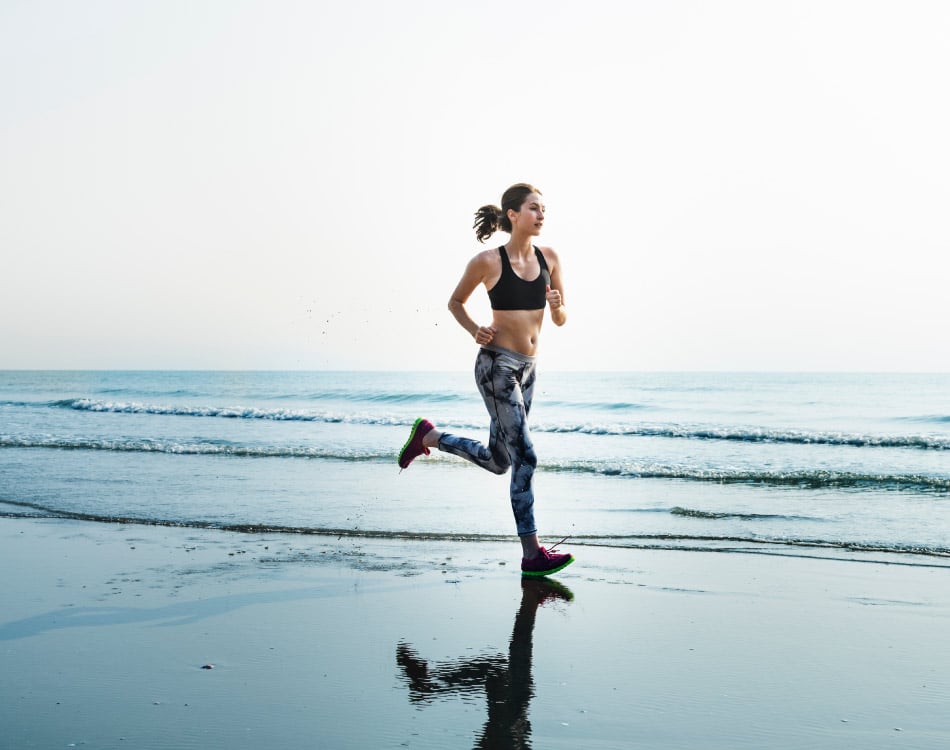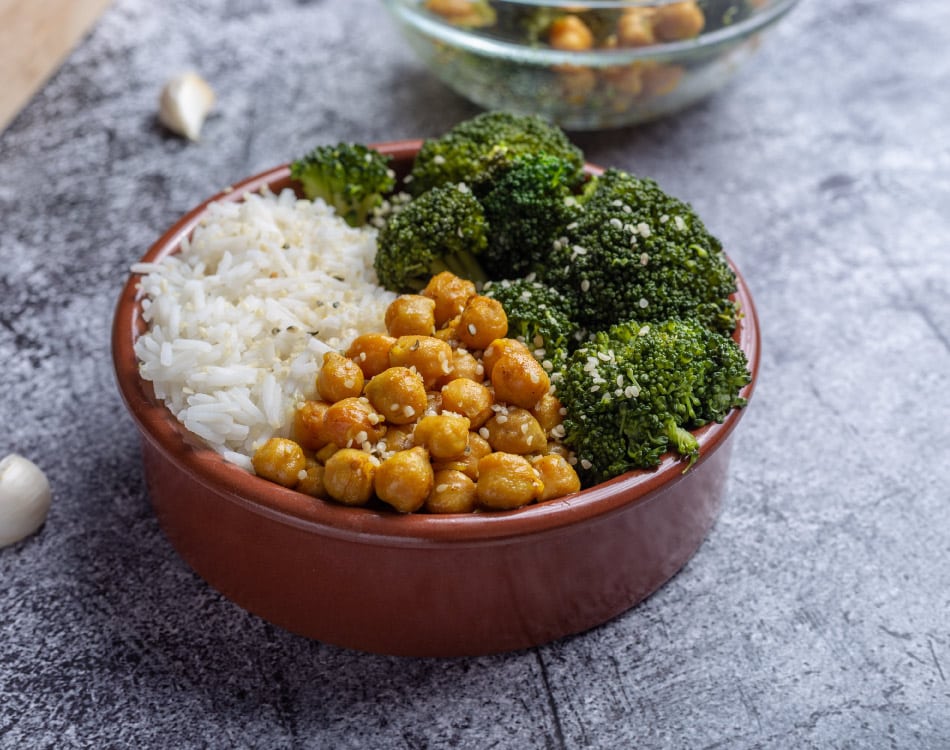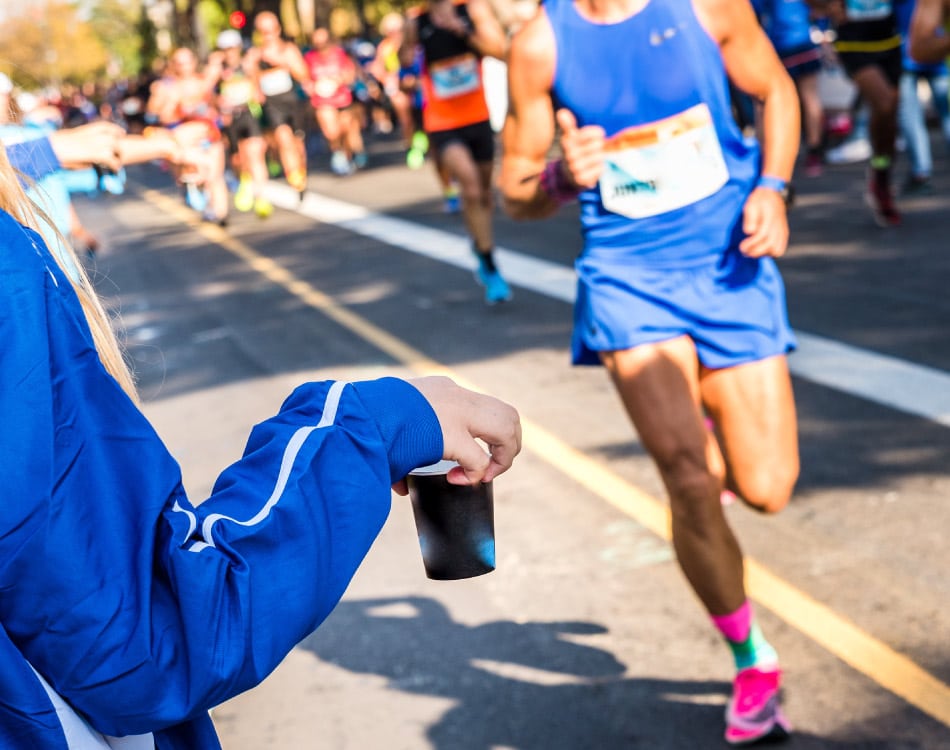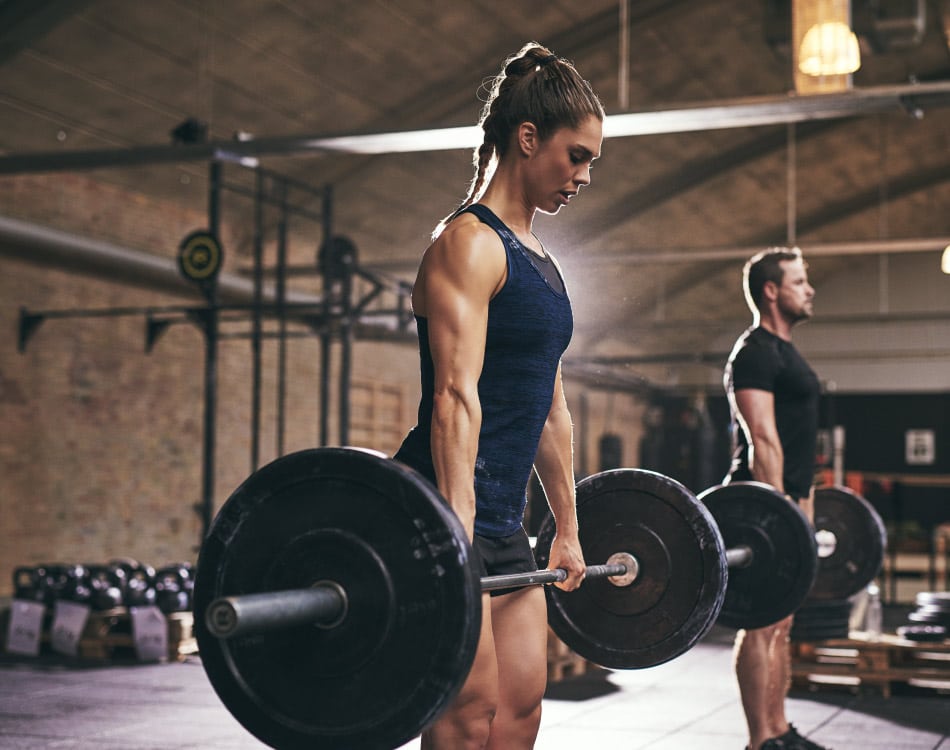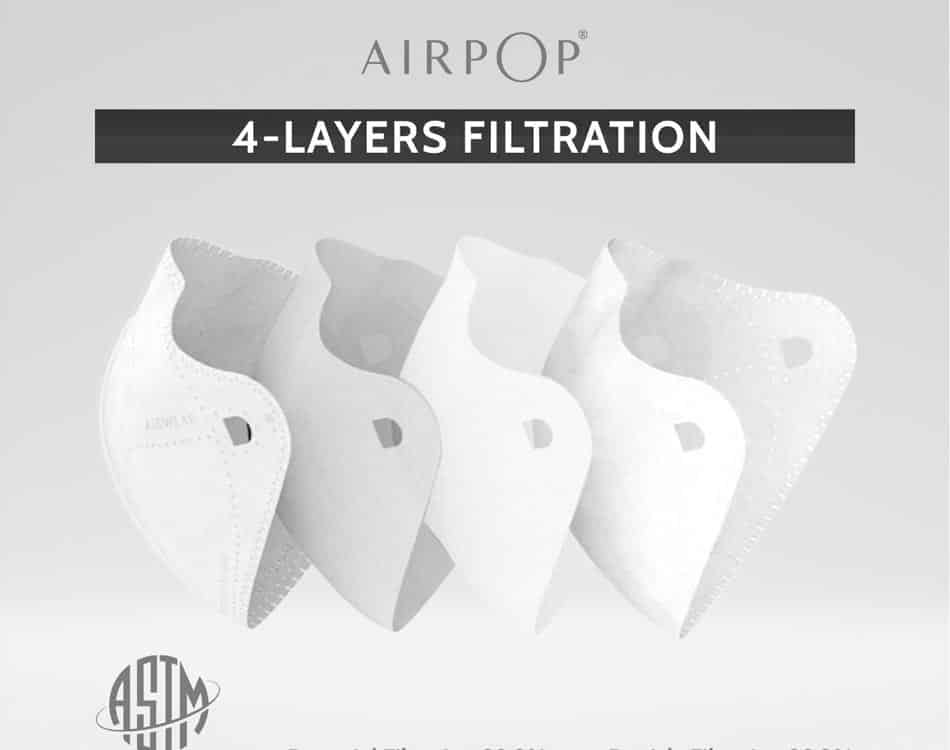If you’re looking to target your quads for more shapely legs then the front squat is a variation worth including in your routine.
This popular squat variation is an effective compound movement, offering functional strength benefits as it engages your core stabilisers due to the position of the weight.
The more upright position also enables lifters to keep their weight over their mid-foot for better balance.
It is also a good option for anyone who has poor shoulder mobility, which can affect your ability to grip the bar on a back squat and can also limit the hip hinge movement.
How to do it
Rack a barbell at upper chest height and load it. Position the bar in front of shoulders, cross your arms and place your hands on top of the barbell with your upper arms parallel to the floor. Dismount the bar from the squat rack.
The movement: Squat down by bending your hips back while allowing your knees to bend forward. Descend until your knees and hips are fully bent or until your thighs are just past parallel to the floor. When you reach the bottom of your range of motion, immediately drive back up through your heels by extending your knees and hips. Return to the starting position and repeat.
Muscles targeted
The front squat is a powerful exercise that primarily targets your quadriceps (the big muscles on the front of your thighs), making them super strong and well-defined.
But it’s not just about your legs! It also targets your glutes (your butt muscles) and because you hold the barbell in front of your body, your core has to work extra hard to keep you upright. This means your abs (including your “six-pack” rectus abdominis, obliques, and serratus anterior) are heavily engaged.
The muscles running along your spine (spinal erectors) also engage to keep your back straight. For stability, your inner thigh (adductor magnus), calves (soleus and gastrocnemius), and hamstrings all lend a hand.
Up top, your shoulders, particularly the anterior and lateral deltoids, and your upper, middle, and lower trapezius (upper back muscles) work hard to support the bar, along with your supraspinatus (a rotator cuff muscle) and levator scapulae (neck and shoulder muscle).
Even your pectoralis major (chest muscle) contributes to keeping everything stable and strong throughout the movement.
Form tips:
Keep your head facing forward, your back straight and your feet flat on the floor.
Keep your elbows and chest up throughout the move to stop your back from rounding.
Keep your knees pointed in the same direction as your feet as you descend.
